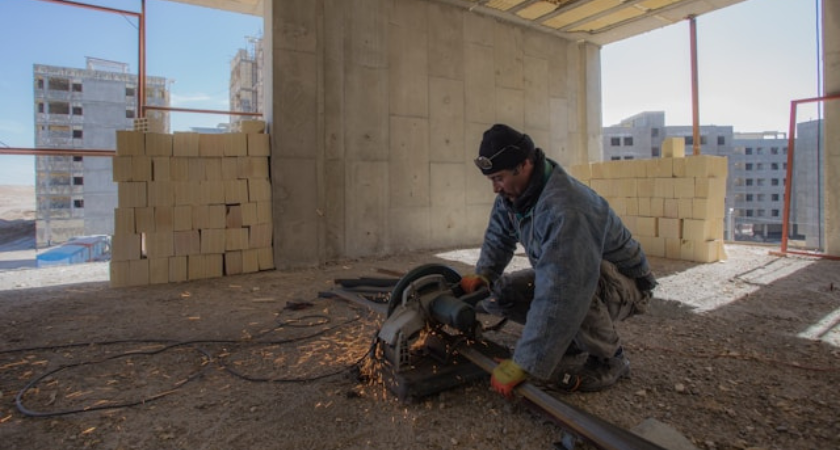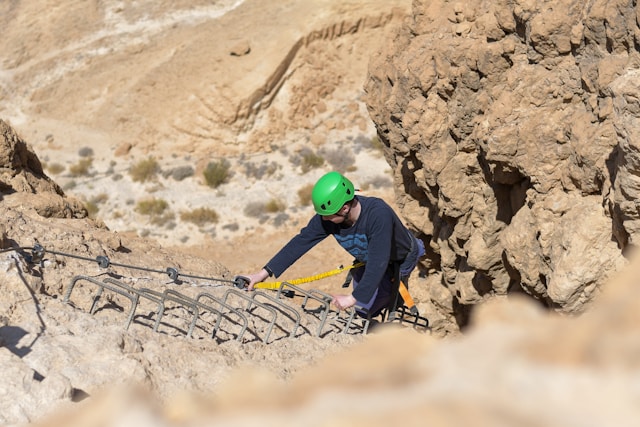
LAS VEGAS, N.M. — A major expansion project at the New Mexico Behavioral Health Institute (NMBHI) has come to an unexpected halt after construction crews uncovered more than 20 unmarked graves on the property of the state-owned psychiatric hospital in northern New Mexico.
The discovery was made during excavation work tied to the facility’s $223 million forensic unit expansion. According to Joe Vigil, spokesperson for the New Mexico General Services Department, the burial site was located “on the far end of the construction site,” although officials have released few additional details so far.

When contractors realized they had unearthed human remains, crews immediately stopped work and notified authorities. “The remains are suspected to be from between 1889 and 1930,” Vigil said. New Mexico State Police and the Office of the Medical Investigator have since launched an investigation.
The New Mexico Behavioral Health Institute — originally known as the New Mexico Insane Asylum — opened in 1889 as the state’s first and only publicly operated psychiatric hospital. Over the decades, thousands of individuals with mental illnesses and other conditions were treated, and in many cases, lived out the remainder of their lives on the grounds.
Previous reporting from the Albuquerque Journal noted that the hospital did not consistently document patient deaths or burial locations:
That reporting also referenced research conducted in 2003, when experts from Los Alamos National Laboratory studied an “untended cemetery” behind the hospital. It remains unclear whether the cemetery examined at that time is connected to the newly discovered graves.

The State Historic Preservation Office has been notified, and archaeologists are now evaluating the remains. Their assessment will determine whether the graves can be respectfully relocated to a new burial site or whether construction plans must shift to preserve the location in place.
Officials have not said how long construction will be paused. The project was designed to expand forensic treatment capacity — serving individuals deemed incompetent to stand trial — and was set to support NMBHI’s four core care units, including:
The campus handles approximately 1,000 patient admissions each year, making the expansion critical to statewide mental health infrastructure.
Descendants of former patients and advocates for mental health reform may be watching closely as the investigation proceeds. The lack of burial documentation from the early 20th century leaves unanswered questions about the identities and stories of those who died while in care.
State officials have committed to transparency as work continues. Any future decisions about the remains will be made with sensitivity and historical responsibility in mind, they said.
Originally reported by By Nakayla McClelland / Journal Staff Writer in AB Journal.